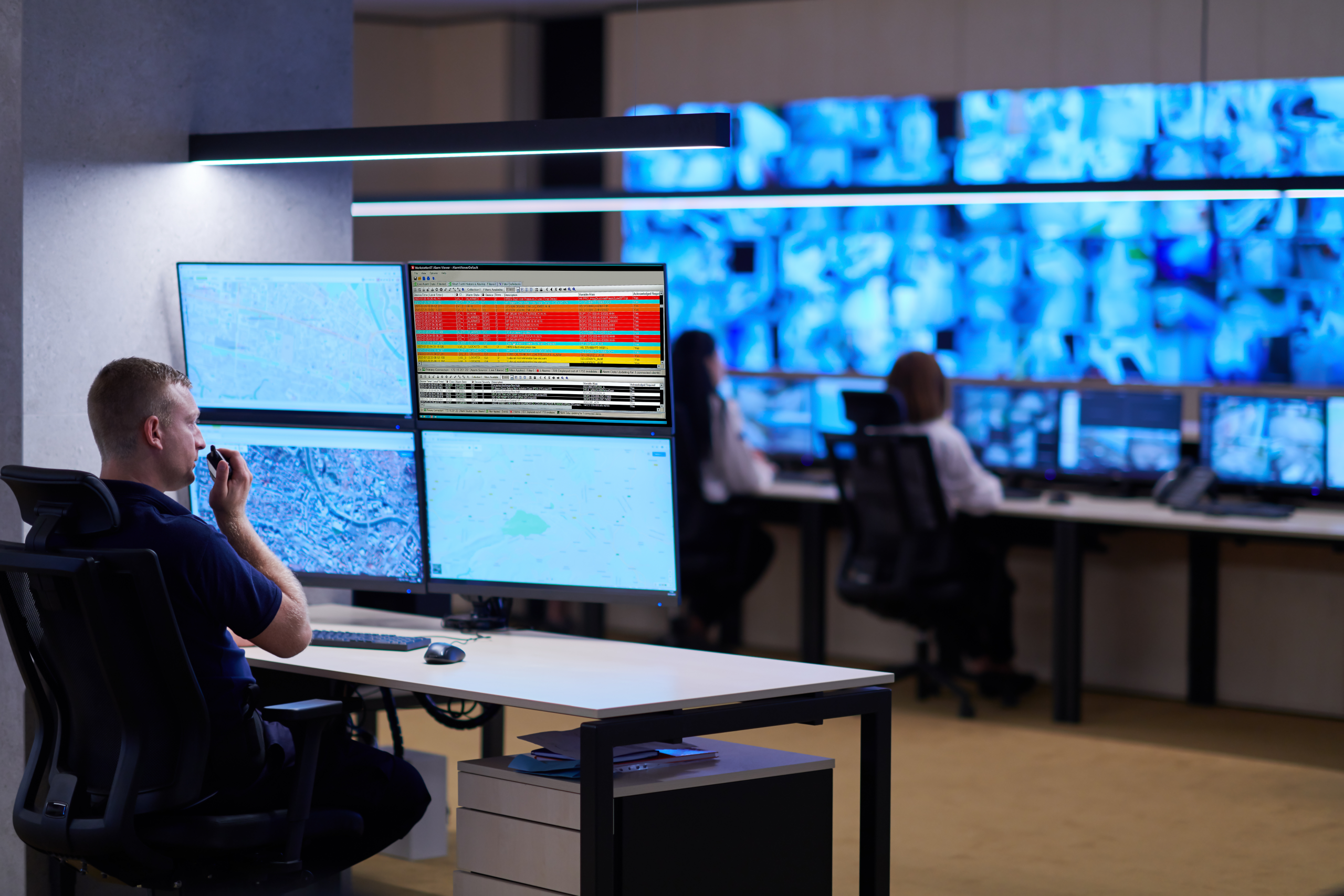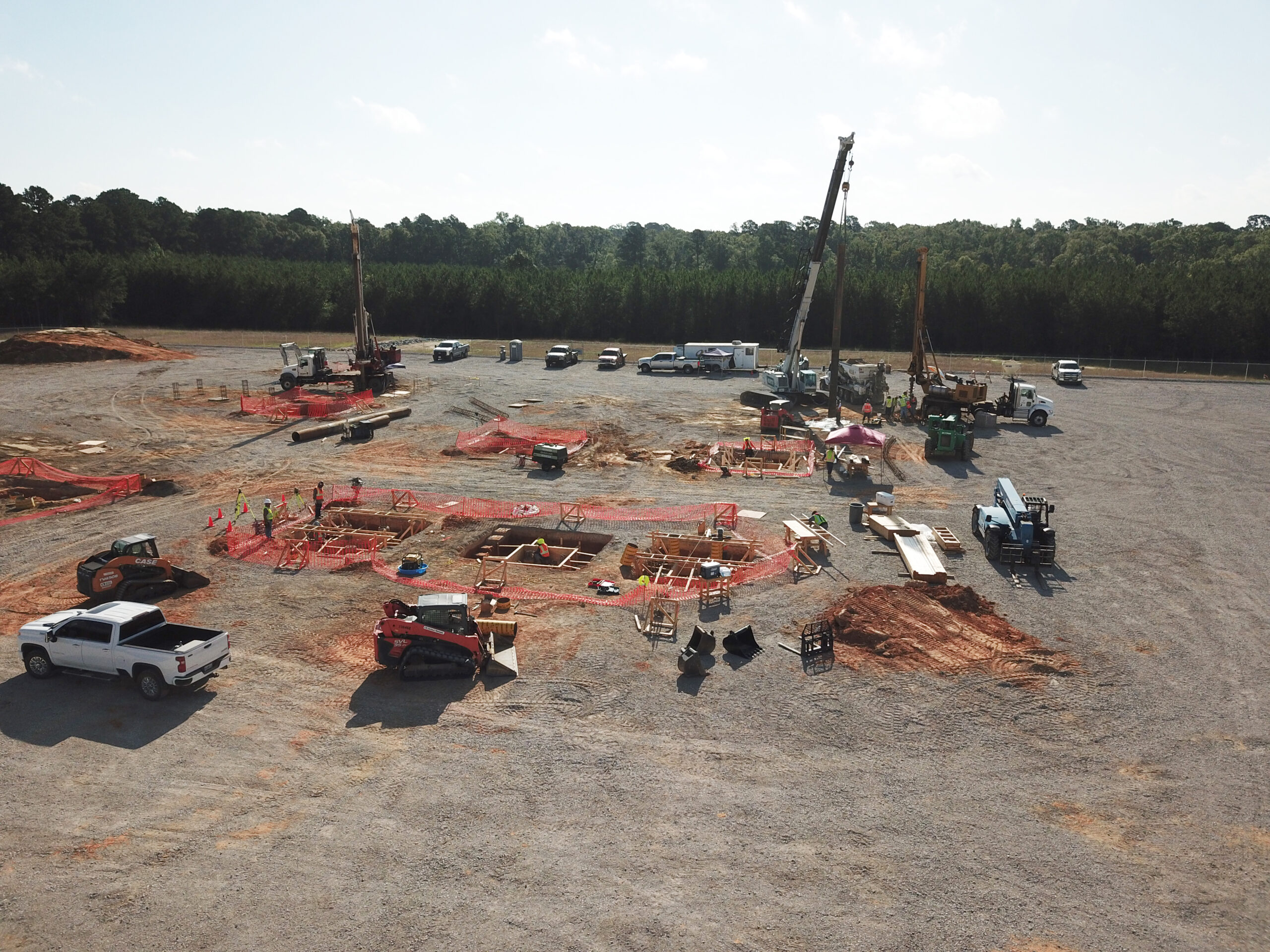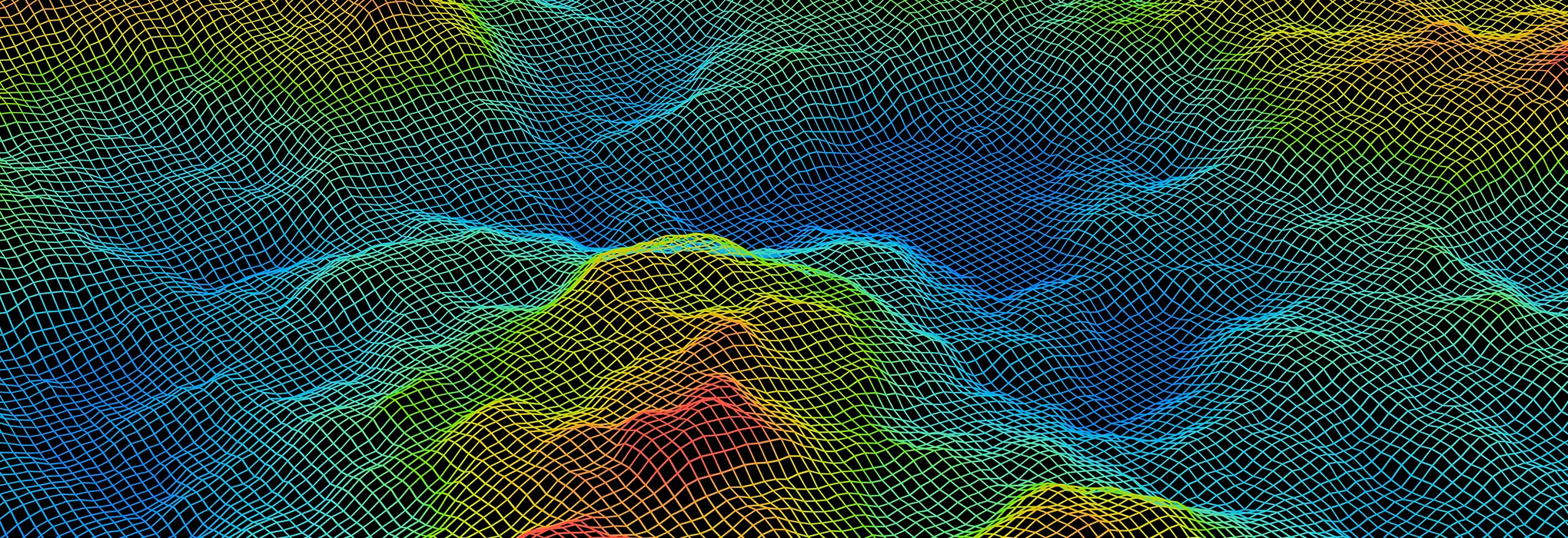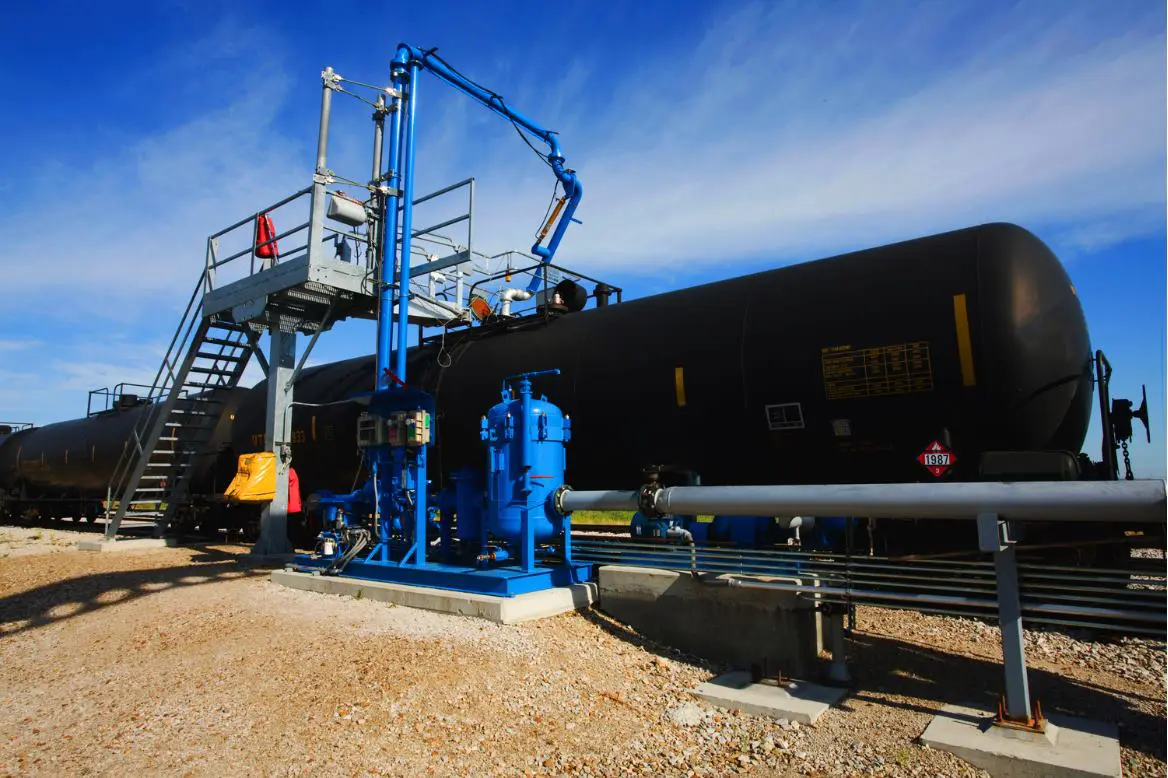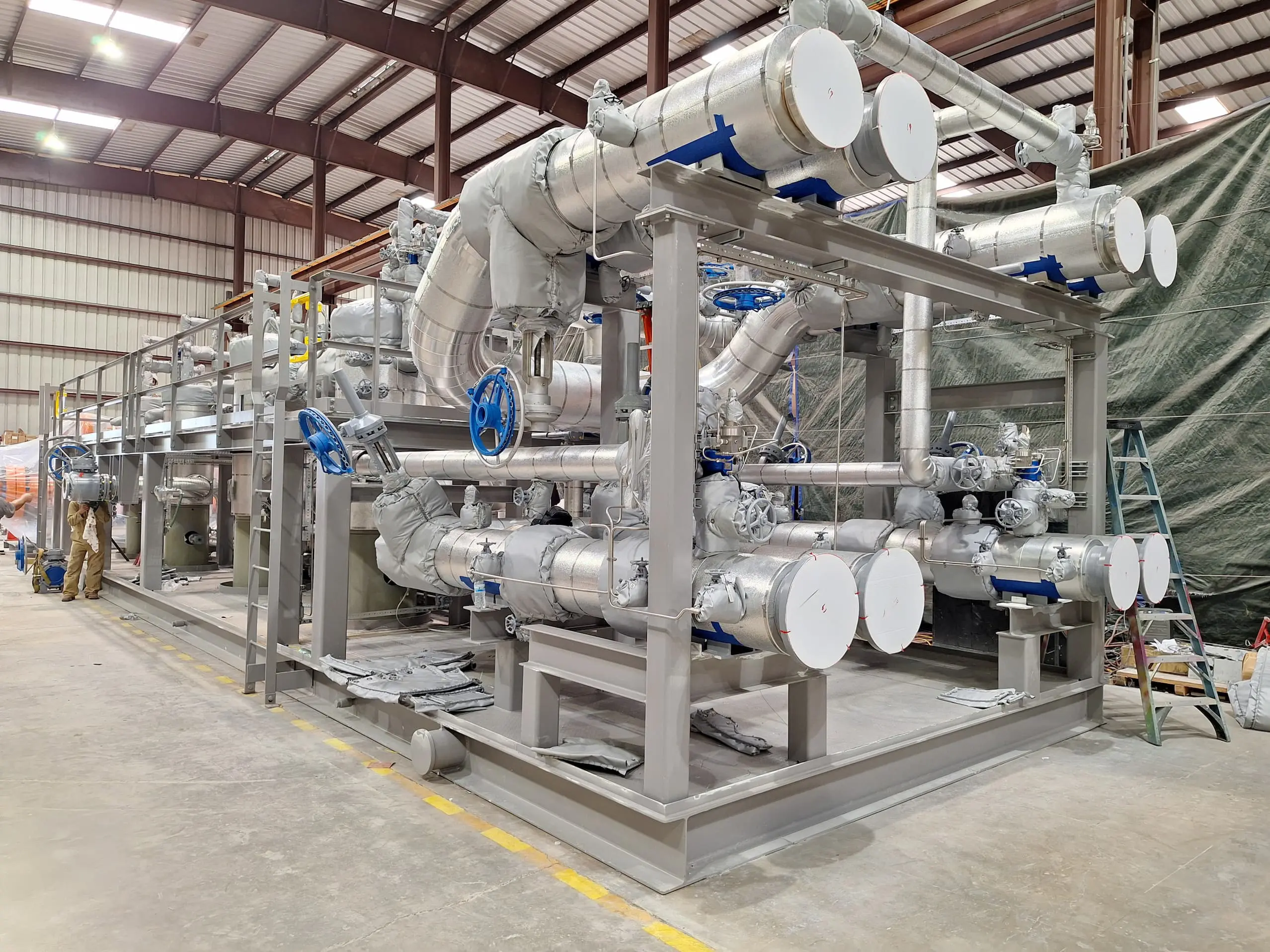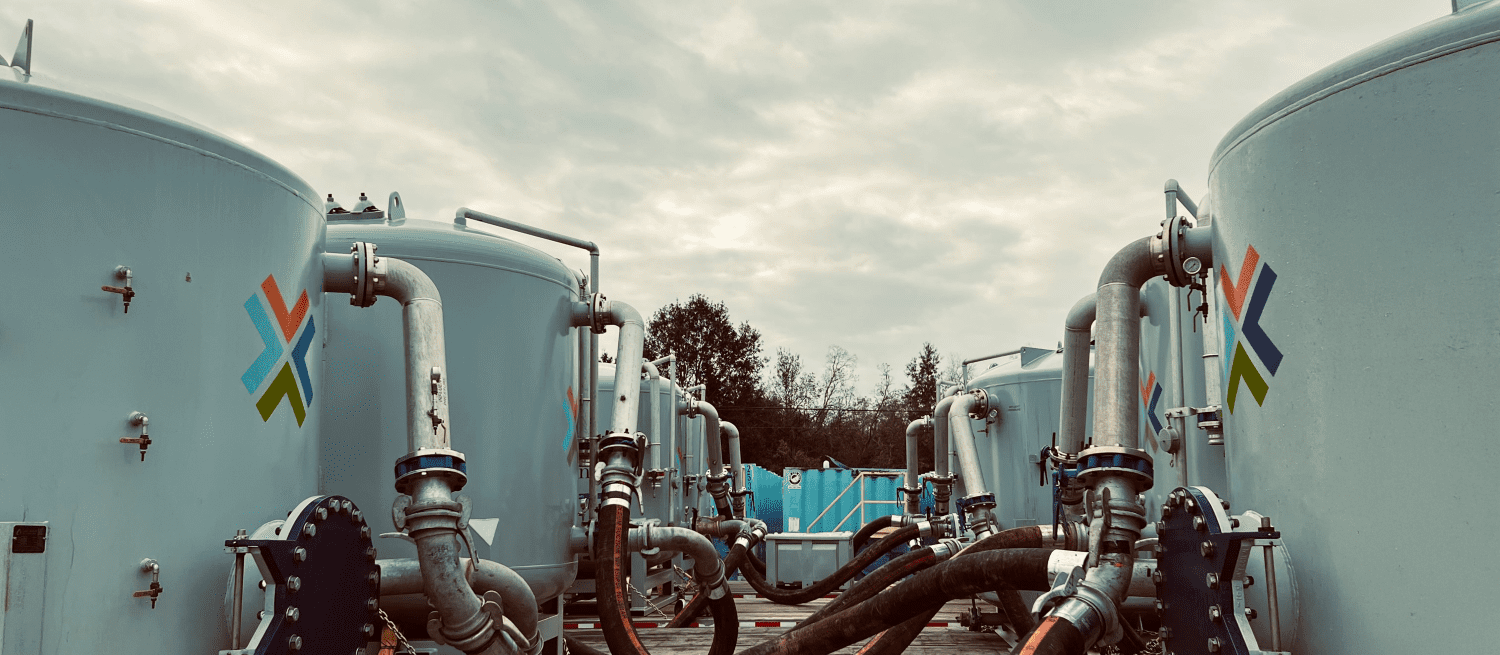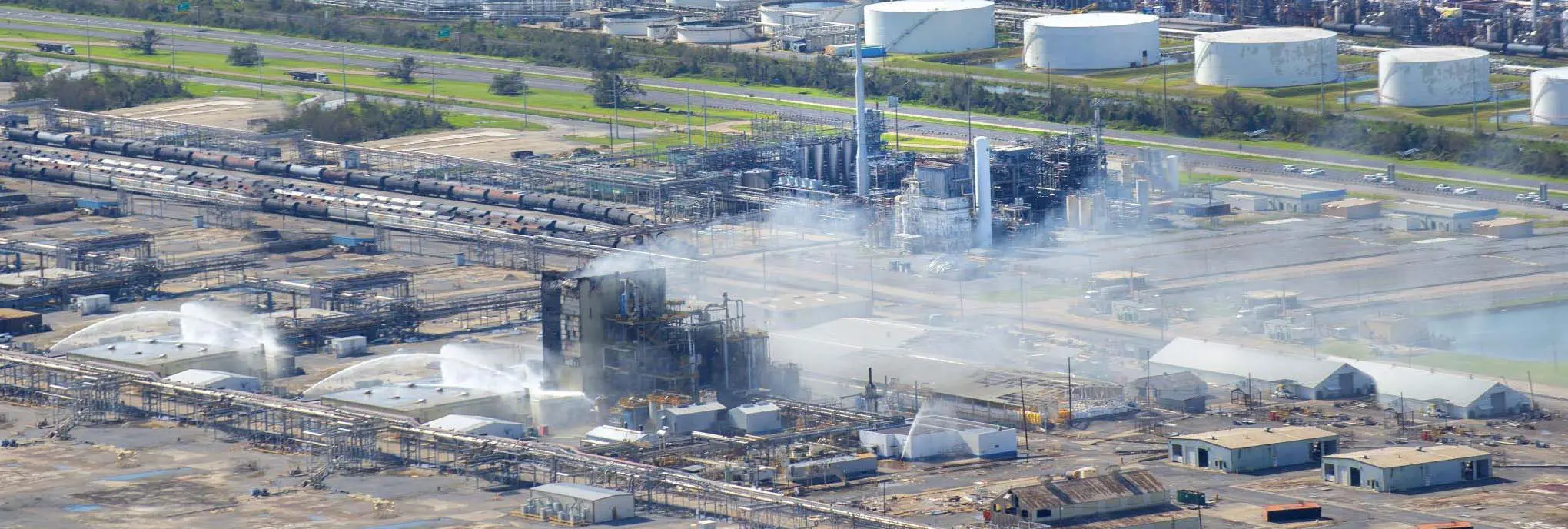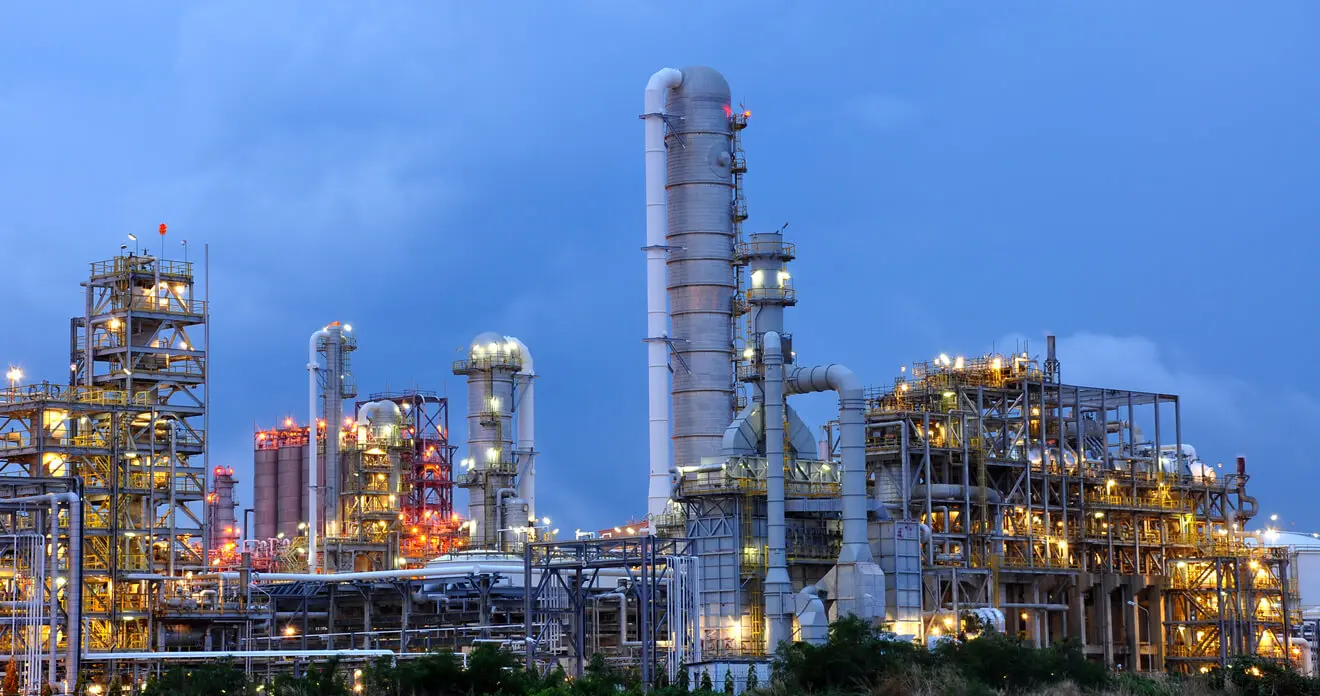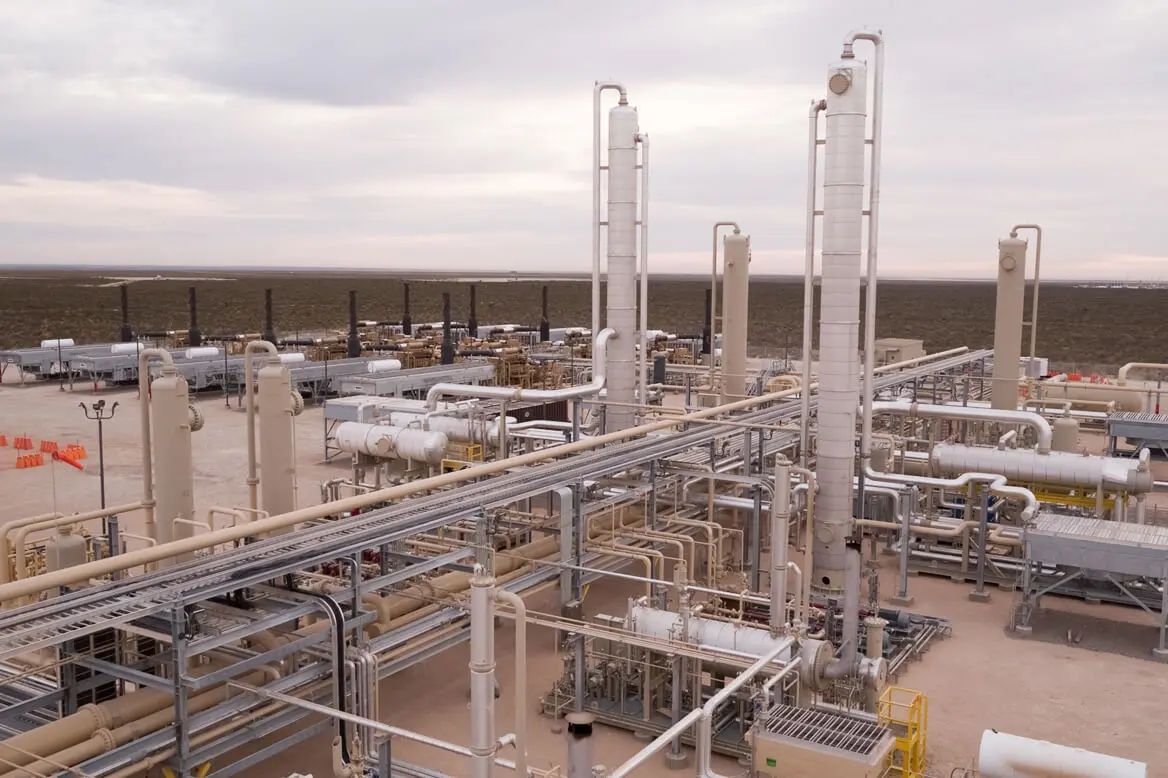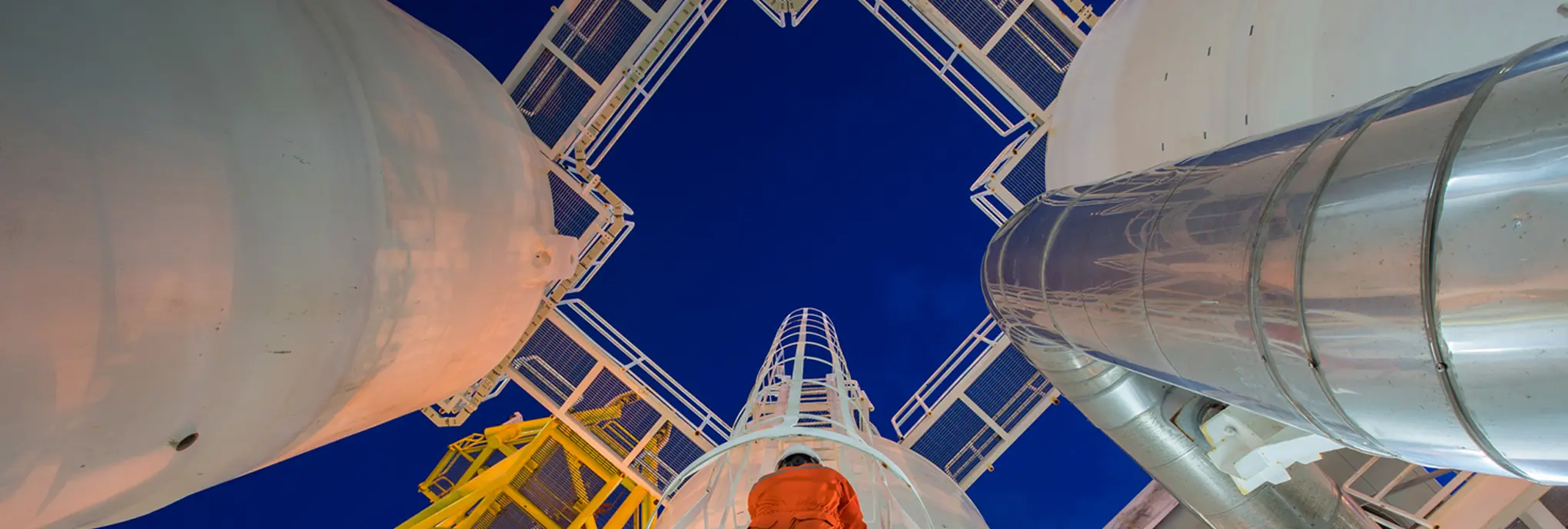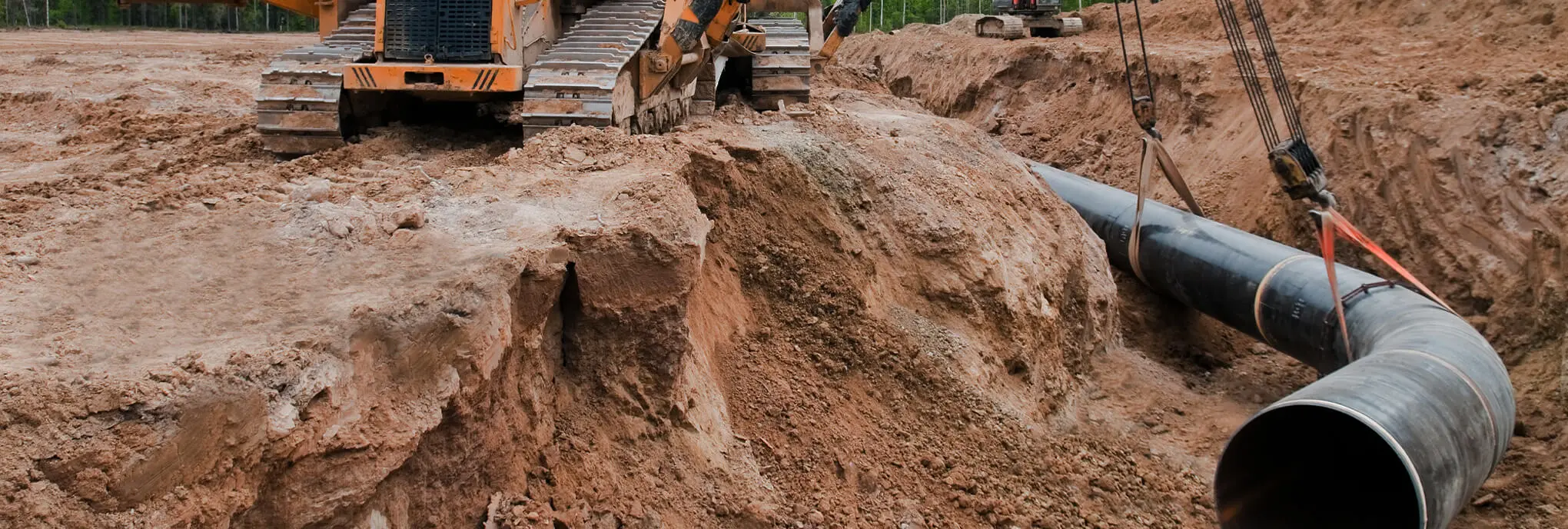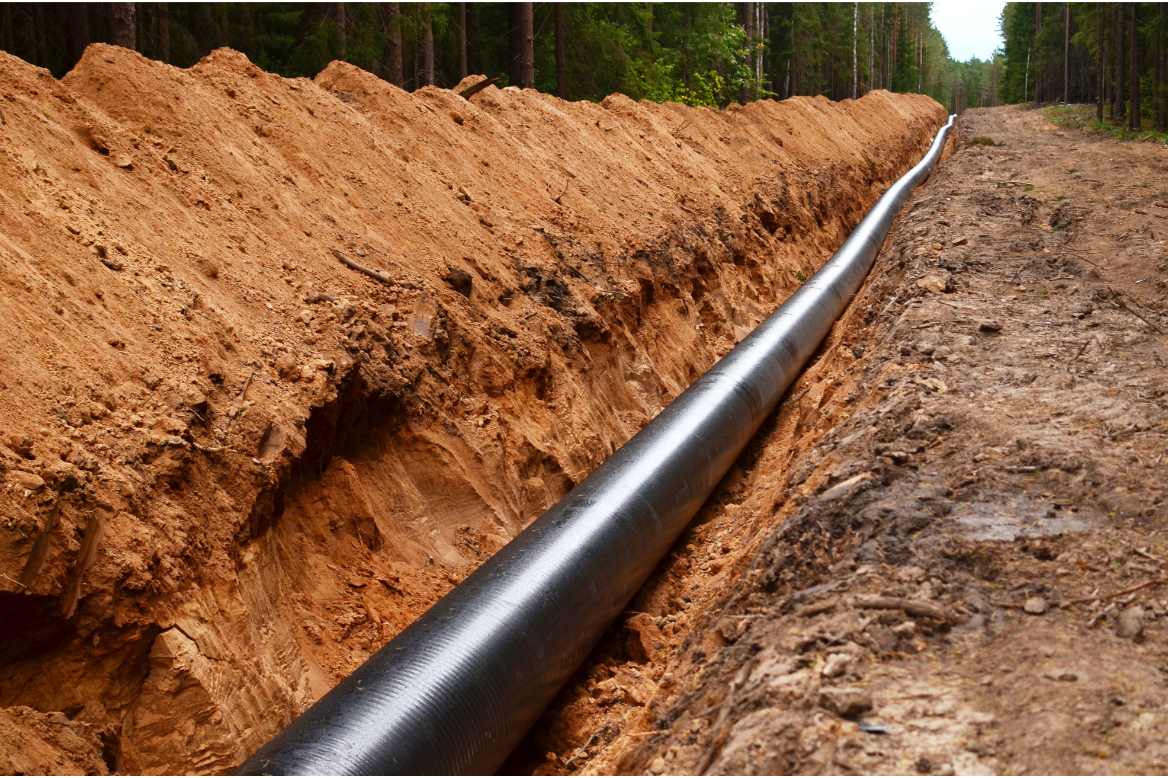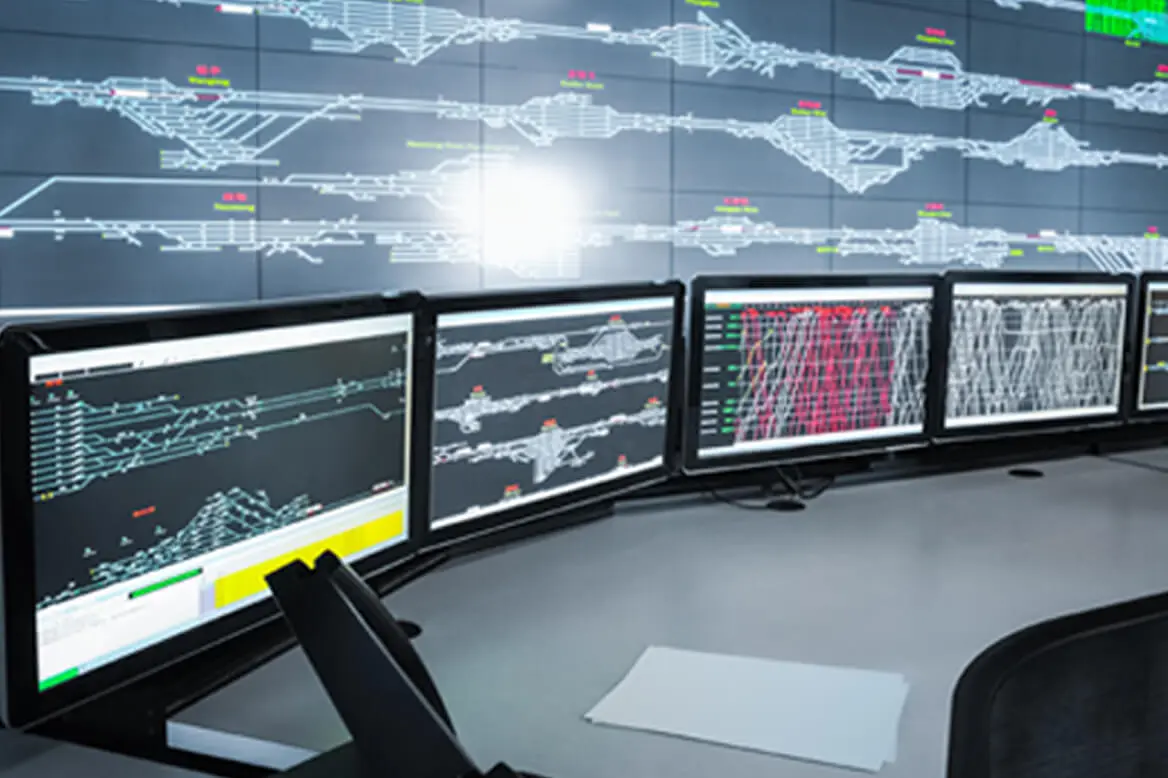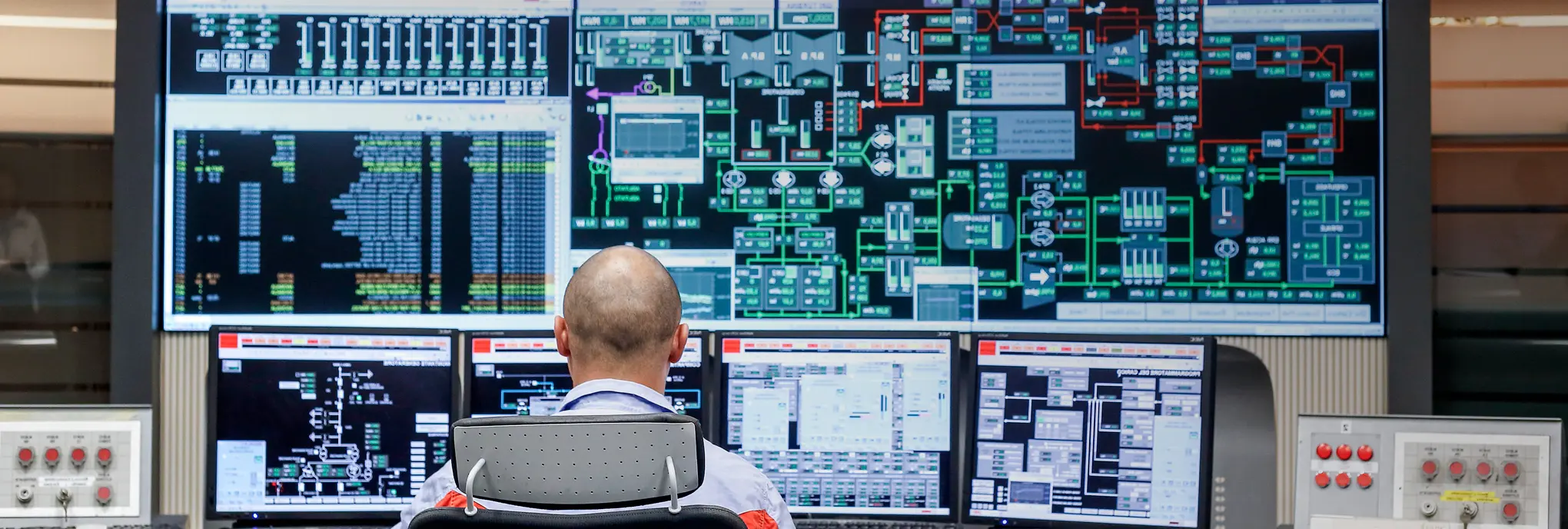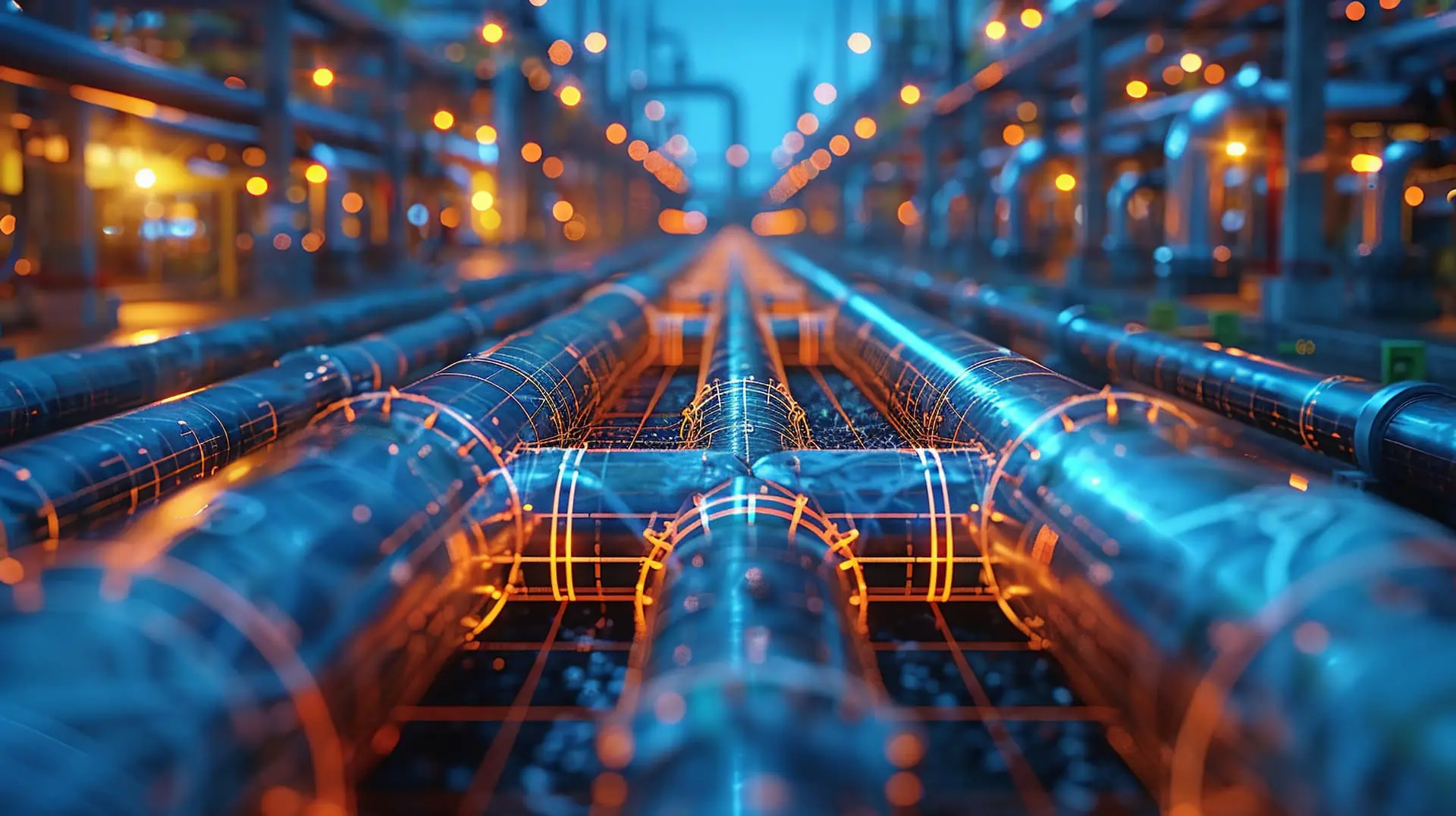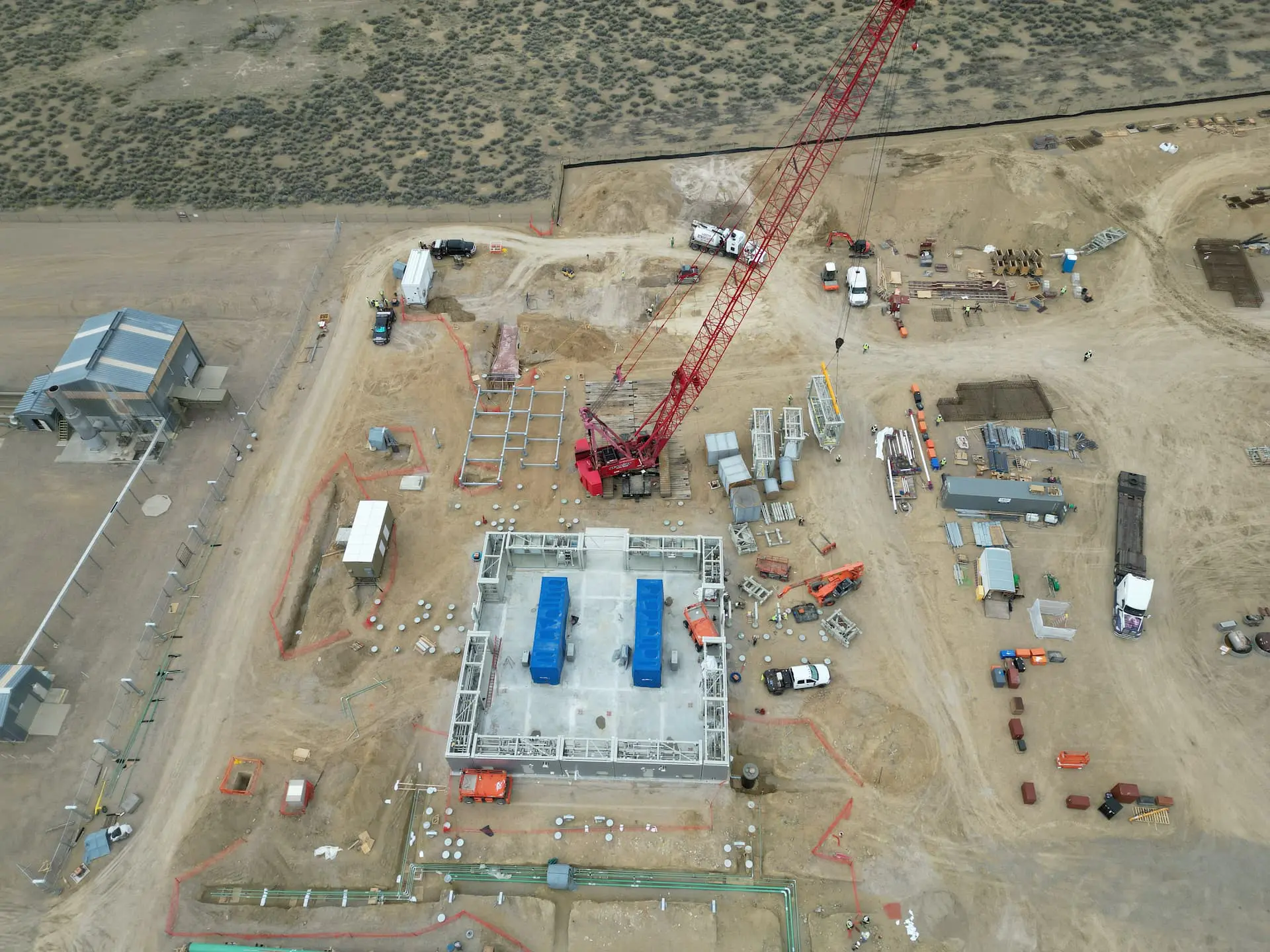

Want to share this article?
Offshore Oil and Gas Industry Continues to Innovate
During the 1950s, jack-up rigs took offshore oil production beyond water depths of 100 feet.
Then semi-submersibles arrived in the 1960s. And by the mid-1970s the first deepwater oil plays were being considered. A lot has changed since then, with technology driving innovations in the offshore industry even today.
One of the major shifts in oil and gas industry thinking that is currently driving “offshore innovation and optimization” is the concept of the digital oil field (DOF). Writing for Offshore Technology in June 2013, writer Chris Lo described the DOF not as a new concept but as an evolving one that leverages technological advances in “modern IT, automation, and communications to enhance all the conventional aspects of oil and gas operations.” Capitalizing on high-speed wireless communications technologies that include sensors and computer systems, the DOF concept has the potential to move many of the operations requiring personnel on offshore rigs and vessels to an onshore monitoring and control facility.
Dynamic positioning systems (DPSs) have also been evolving, allowing offshore drilling vessels and semi-submersibles to do more than ever before, including expansion into deepwater and ultra-deepwater environments. A bevy of reference, wind, and draft sensors work in tandem with a differential GPS, a computerized control system, and ship thrusters to ensure drilling vessels accurately maintain their positions. The DPS also gives vessels the flexibility to avoid catastrophic meteorological events due to not needing to be permanently moored.
Finally, relatively new to the scene, electrical separation cell (ESC) technology — as exemplified by environmental remediation company Ground Effects Environmental Services — could potentially prove to be a boon to the offshore industry. The method provides offshore drillers with the opportunity to reclaim oil-based drilling fluids from drilling mud directly on the drilling platform using electricity, reducing waste transportation and drilling costs. Along with many other technologies, ESC, DPS, and DOF are continuing to change how offshore development and production occurs.


